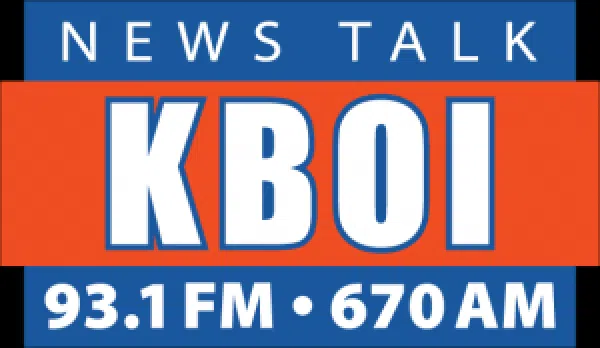Several years ago, I had an unusual conversation with a friend of mine. The friend lives in Boise, as I do, but I didn't meet him until a couple of years after I was out of college. I went to college at Boise State, but my friend moved to Boise for a business opportunity a few years after graduating from Colorado State University, this week's opponent for Boise State in the football game at Albertson's Stadium.
We were talking about Fort Collins, the location of the Colorado State campus. He told me Fort Collins is similar to Boise in some ways and different in others. It's a town of about 150,000 people, which is a bit smaller than Boise, but the population demographics are about the same. Both places are known for outdoor recreation. Each town has a university, of course. And both Fort Collins and Boise routinely show up on those magazine lists of best places to live in America.
I told my friend that I'd like to visit Fort Collins one day. He said to me, "You've kind of already been there."
I asked him what he meant, because he already knew that I had only been to the state of Colorado once, and that was to change planes. Denver's current airport had only recently opened, replacing the previous one, and it was a point of contention in the Denver press that the location of the new airport was a full 25 miles from downtown Denver. So I gave my friend the line I used at that time when people asked me if I had ever been to Denver. I said, "I've been to the Denver Airport, but I've never been anywhere near Denver."
He didn't laugh, but he proceeded to tell me the story of one of the favorite sons of Fort Collins, a man named Harper Goff. Harper Goff was an artist who lived from 1911 to 1993. He was born and raised in Fort Collins, then later studied art in Los Angeles and New York and worked in advertising.
In the 1930's, Goff designed ad campaigns for the U.S. Army, among other clients. At the start of World War Two, an army general contacted Harper Goff and asked for his help designing camouflage for buildings, vehicles and uniforms. Working out of Fort Belvoir, Virginia, Goff came up with a set of paint colors that became the standard hues for green-based World War Two camouflage. By the end of the war, he was working with the U.S. Navy on blue camouflage hues that would make it difficult to determine the size and shape of a ship or smaller boat from the air or a surface distance.
As World War Two ended, Goff found work as a designer in the movies, creating sets for hit films like "Sergeant York", "Captain Blood" and "The Charge of the Light Brigade". One day, Harper Goff was visiting a hobby store in London when he and another American man informed the clerk simultaneously that they would each like to buy a particular model train exhibited in the store's window. Trouble was, the store only had one, and it was the one in the window.
The two men began to discuss their mutual fondness for model passenger trains and how the presence of those kinds of real trains affected the small middle-America towns in which they each had grown up. Before long, the other man, who was also in the movie business, offered Harper Goff a job as an artist and designer. Goff accepted, and soon he was designing an undersea craft called "The Nautilus" for a movie version of the Jules Verne novel "20,000 Leagues Under the Sea" produced by his new boss, Walt Disney.
Goff went on to serve as an art director and designer for dozens of Disney projects and continued to work into his eighties. But the point of my friend's story was a project that Harper Goff worked on in the early 1950's.
Walt Disney wanted to open an amusement park similar to Coney Island in southern California and call it "Mickey Mouse Park" after his most popular cartoon character. But unlike Coney Island and other amusement parks of the time, Disney didn't want Mickey Mouse Park to simply be a charmless collection of roller coasters and other rides shoved together into a few city blocks. He wanted it to be more of an entertainment experience invoking his favorite things about the movies, like jungle adventures, science fiction, fantasy, cowboys and turn of the century small town American life.
Goff first helped with the design of a ride called the jungle cruise. Disney liked it. So he put Goff onto his team of designers who would come up with the look of the iconic entrance to the park, an area known as Main Street USA. Goff began to sketch various buildings and streetcars, and Disney thought the images were perfect. And when the now-renamed Disneyland opened in 1955, most of Main Street USA was based on designs by Harper Goff.
So where did Goff get his ideas? From his own childhood in downtown Fort Collins, Colorado, where the chamber of commerce to this day bills itself as the inspiration for the street now located in every one of the Walt Disney parks around the world. When my friend told me I had sort of already been to Fort Collins, he meant that I had already visited a place that looks a lot like it. Disneyland.
I still haven't been to Fort Collins, but it's on my list of things to do. And in the spirit of Disneyland and Main Street USA, when I get there, I plan to walk into the first shop I see and purchase a 79-dollar sweatshirt.






